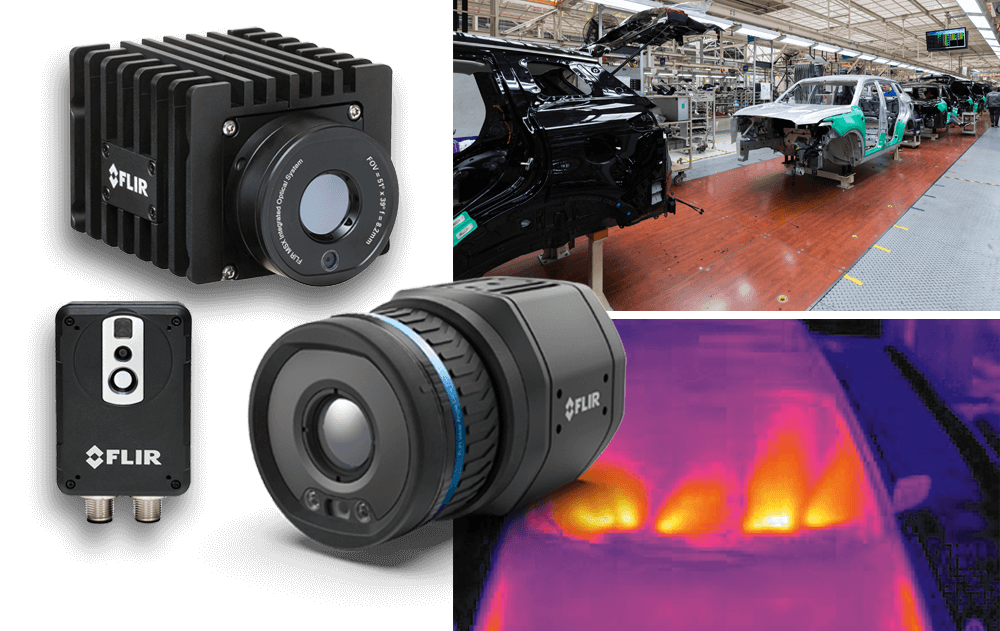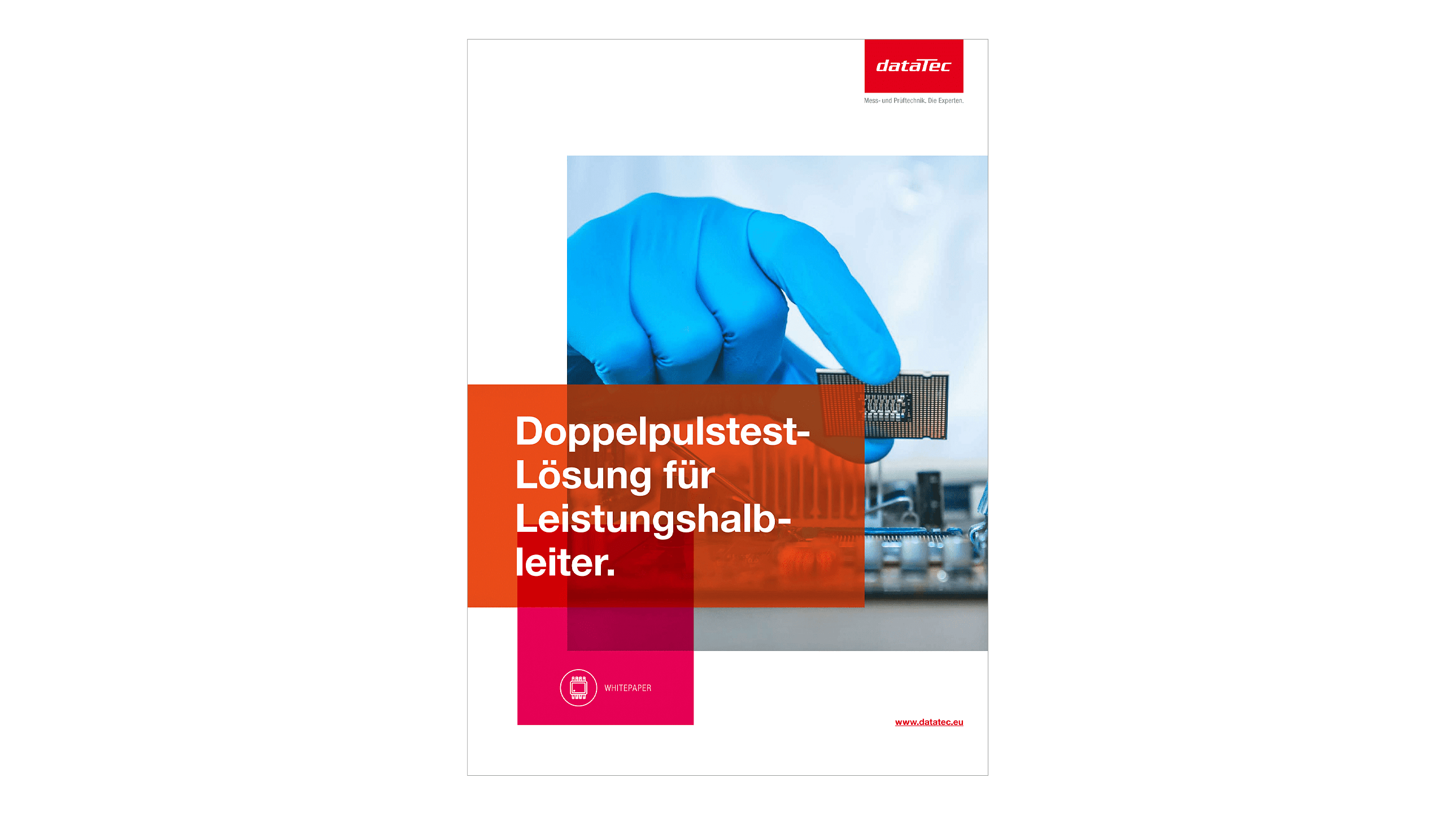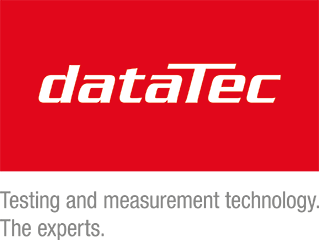#statusMessage#
Do you want to start the compare now?
#statusMessage#
Do you want to start the compare now?

With the increasing importance of renewable energies in the wake of climate change, solar energy is moving further into ...

The complexity of military radios and the often harsh weather conditions have a negative impact on the reliability of ra...

Automation with thermal imaging technology has proven to be a reliable solution for quality control in various industrie...

In diesem exklusiven Whitepaper erfahren Sie, wie Sie mit der richtigen Messtechnik arbeiten: ✔ Sie realisieren ein Test...
Manufacturer number: N2839A
On Request
The N2839A probe tip delivers accuracy like a real oscilloscope measurement with a real solder joint and this at 12 GHz when used with the InfiniiMax II probes / probe amplifiers 1169A or 1168A. The probe tip is simply plugged onto the signal line of the probe amplifier and you already have the handling of a "normal" probe tip, as is usual with oscilloscope probes. This probe tip head can be used for single-ended as well as differential signals.
The actual tips of the probe tip are spring-loaded so that slipping off the measuring points is prevented and a secure connection is created. The actual tips can be adjusted to different distances from each other from 0 to 3 mm using a rotary knob with a finger. These tips can also be removed and replaced by others or replaced by other contacting sets. The low inductance ensures a constant frequency response regardless of the peak width setting.
The very low capacitive load is unusual compared to conventional probes with this bandwidth. The N2839A probe tip has an input capacitance of just 0.21 pF, which corresponds to a probe element that can be soldered in at the measuring point - a method with which high-frequency signals have so far been measured. The N2839A probe offers the flexibility to switch from one test point to another without a soldering procedure.


